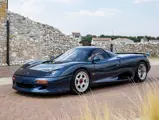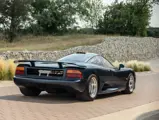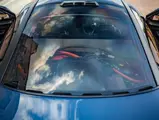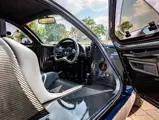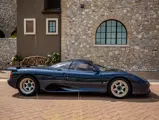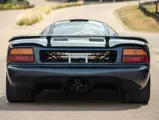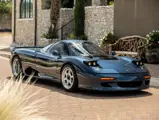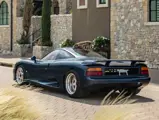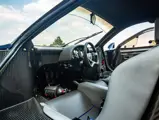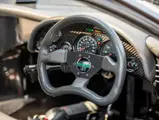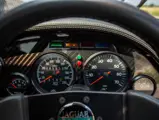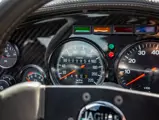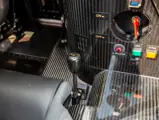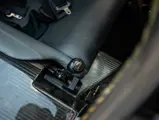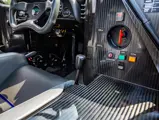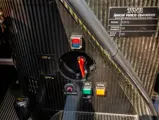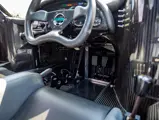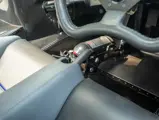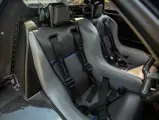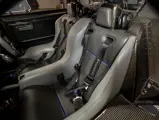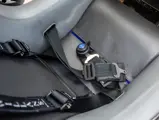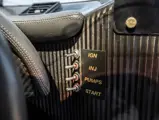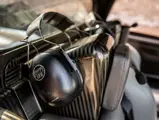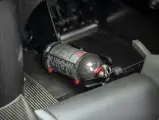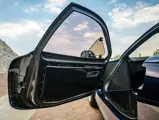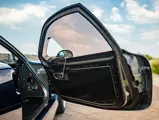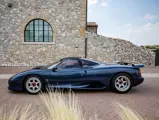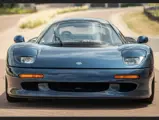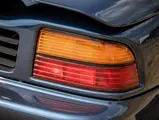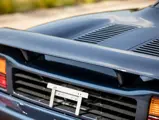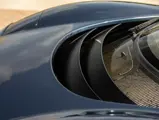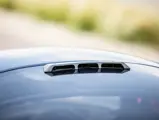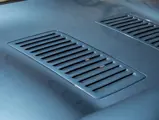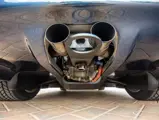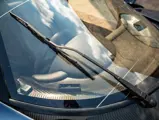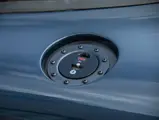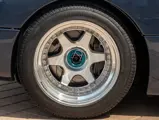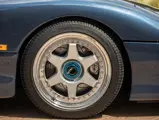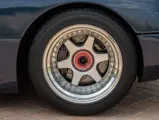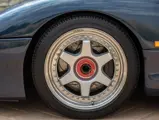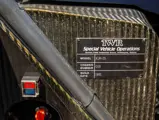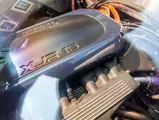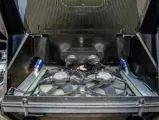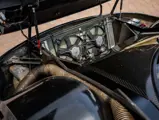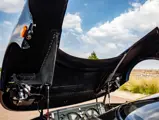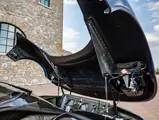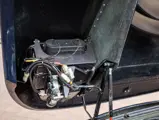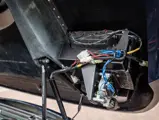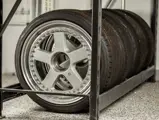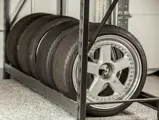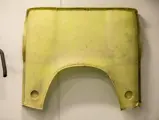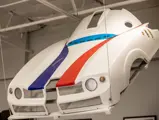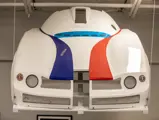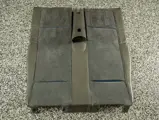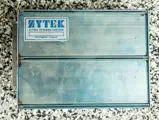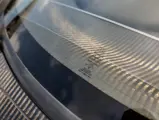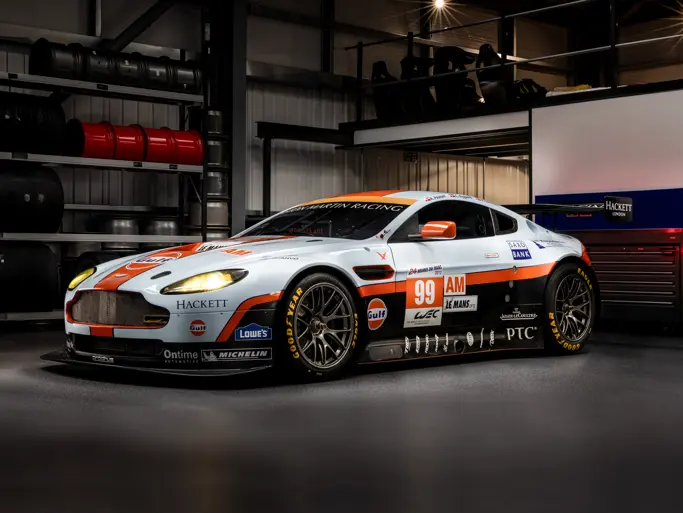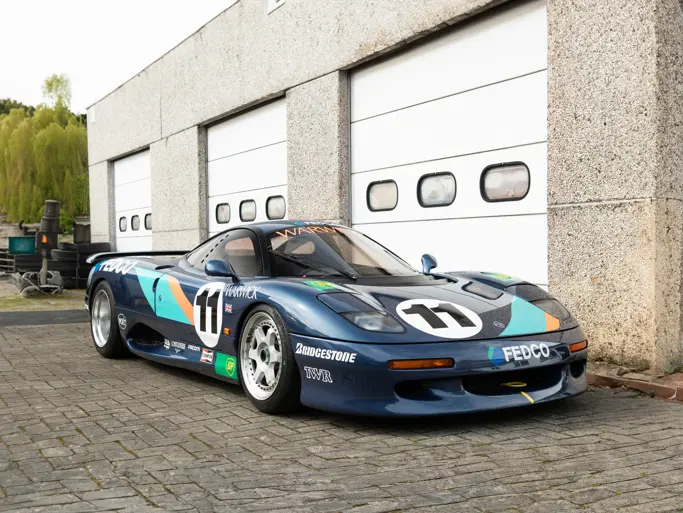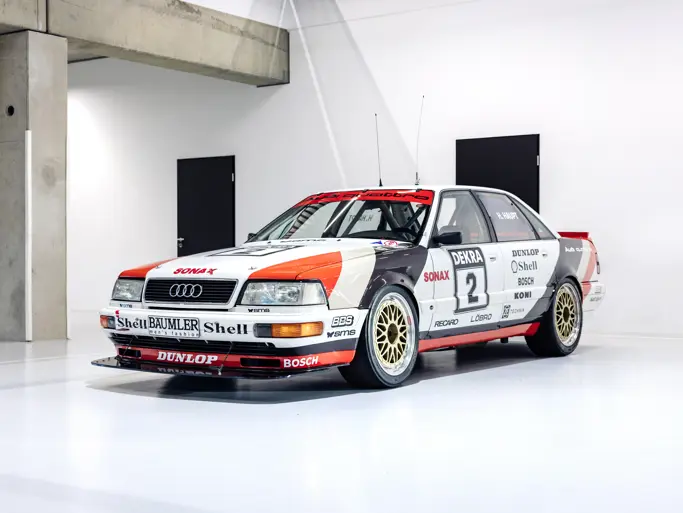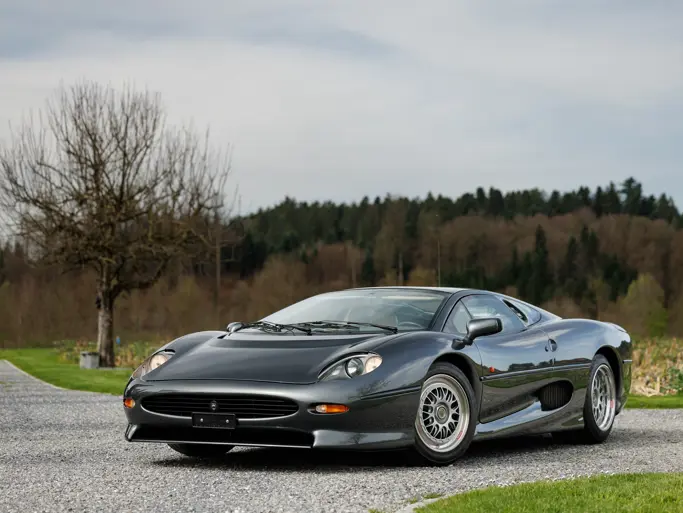Monterey 2022
1991 Jaguar XJR-15
{{lr.item.text}}
$1,270,000 USD | Sold
 | Monterey, California
| Monterey, California
{{internetCurrentBid}}
{{internetTimeLeft}}

- Street-legal version of the Jaguar XJR-9 that won the 24 Hours of Le Mans in 1988 and 1990
- One of only 50 production examples built, and one of just 27 constructed in road-going specification
- The so-called “Japan Study Car” used for aerodynamic and other testing
- Restored to factory specification by XJR-15 experts Bespoke Motors in 2015; further mechanically and cosmetically refreshed within the past four years
- Showing less than 1,000 miles on the odometer at cataloguing time
Jaguar’s dominance of the 24 Hours of Lemans during the 1950s was absolute: five victories in seven years culminating with an extraordinary three years in a row from 1955-1957. Following the dominance of the hallowed C- and D-Type Jaguars however, the team at Coventry abandoned their racing efforts and left the famous endurance race for three decades.
In the early 1980s, Tom Walkinshaw, a Scottish racecar driver and engineer was making waves in the racing world with his rally prepped Range Rovers. After one of his tuned Rovers grabbed the crown at the Dakar Rally in 1982, Walkinshaw and his company Tom Walkinshaw Racing (TWR) began a close relationship with British Leyland. His Jaguar XJS and Rover designs saw immediate success across many British, European, and French touring car championships, which caught the attention of Jaguar chairman John Egan. Egan was keen on returning the leaping-cat marque to the top of the racing world. Jaguar and Walkinshaw’s TWR formed a dedicated partnership, JaguarSport, to make Egan’s dream a reality.
Using highly tuned versions of Jaguar’s iconic 5.3-liter V-12 engines, JaguarSport saw immediate success, dominating the likes of Mercedes-Benz, Porsche, and Toyota in Group C racing. This culminated in Jaguar’s return to the winner’s circle at the 24 Hours of Le Mans in 1988 and then again in 1990. The team also added wins at the 24 Hours of Daytona in both years, for good measure.
In this heady environment, Walkinshaw sensed strong demand amongst many of the world’s wealthiest auto aficionados for an ultra-exotic and ultra-exclusive road car based on a successful competition car—in essence, a Le Mans racer for the street. In November 1990, a JaguarSport press release announced the introduction of the stunning XJR-15, which used the same technology and expertise of the Le Mans-winning XJR-9 and XJR-12, but in a more useable, track-ready road car. As such, the XJR-15 would be developed in the mold of iconic road-going racecars such as the Jaguar D-Type and Ferrari 250 GTO. Just 50 were scheduled for production.
The XJR-15 used a central monocoque chassis tub similar in concept to that of the Tony Southgate-designed, Le Mans-winning XJR-9; however, this new tub, designed Jim Router and Dave Fullerton, differed somewhat in its dimensions. The body was designed by Peter Stevens, who was also responsible for the McLaren F1, and was constructed with a unique carbon fiber and Kevlar composite. The XJR-9 suspension was retained at all four wheels, with fabricated wishbones and horizontal pushrod-spring dampers at the front and coil springs at the rear. Four-piston AP Racing calipers mated to disc brakes housed completely within the wheels provided stopping power.
The Group C-specification engine was a 450-brake horsepower, 6.0-liter, all aluminum, dry-sump V-12 fitted with a Cosworth forged crankshaft and connecting rods, aluminum pistons, and a fuel-delivery system armed with Zytec electronically controlled sequential fuel injection. Power was transferred to the rear wheels via a TWR-designed, six-speed transaxle with straight-cut gears and outfitted with an AP triple-plate carbon clutch.
Walkinshaw’s work resulted in a car that weighed just 2,315 pounds and was endowed with awesome handling, an excellent power-to-weight ratio, and race-proven reliability, all with an astounding 215-mph top speed. This incredibly unique performance package came in at a price of nearly one million US dollars when new.
Serial number 018, presented here, is one of only 50 production examples completed and one of 27 constructed in road-going specification. As such, it was equipped with a five-speed transaxle rather than the race-tuned, six-speed Le Mans gearbox. This car is known as the “Japan Study Car,” which was originally used for aerodynamic studies and testing of hybrid energy recovery systems by a former Nismo Racing engineer. It was restored to original specification by XJR-15 experts Bespoke Motors in Australia in 2015 and has since been expertly maintained over its less than 1,000 miles of use. The car rides on six-spoke, 17-inch O.Z. Racing alloy wheels wrapped in new Pirelli P-Zero tires.
The XJR-15’s spartan interior features gray leather racing seats and hardwired headsets for easy conversation when cruising in the triple digits. The bare carbon-fiber and Kevlar tub, with its distinctive black and silver weave, is exposed throughout the cabin, creating a unique backdrop for the gauge cluster, Nardi racing steering wheel, and rocker-panel-mounted shifter.
Accompanying documentation includes service invoices detailing significant work performed within the last four years. This included a bare-body repaint in factory-correct dark blue at a cost of over $15,000, after which protective clear film was professionally applied to the entire exterior. Other recent work included changing all fluids, recharging the air-conditioning system, re-shimming the carbon clutch, and installing new belts, gaskets, spark plugs, and tires, at a cost of more than $20,000.
Accompanying the car are spare parts from the Japan Study Car program, including the original rear body panel, the mold used to make that panel, the wheels and tires fitted to the car during testing, and a Zytec ECU. The car also comes with a second set of matching seat cushions that allow drivers as tall as six feet, five inches to fit comfortably.
As a rare, road-ready edition of the car that returned Jaguar to the top of the racing world, this well-maintained, low-mileage XJR-15 is even more special, given its documented history as the Japan Study Car, and will be a prized member of any collection.

